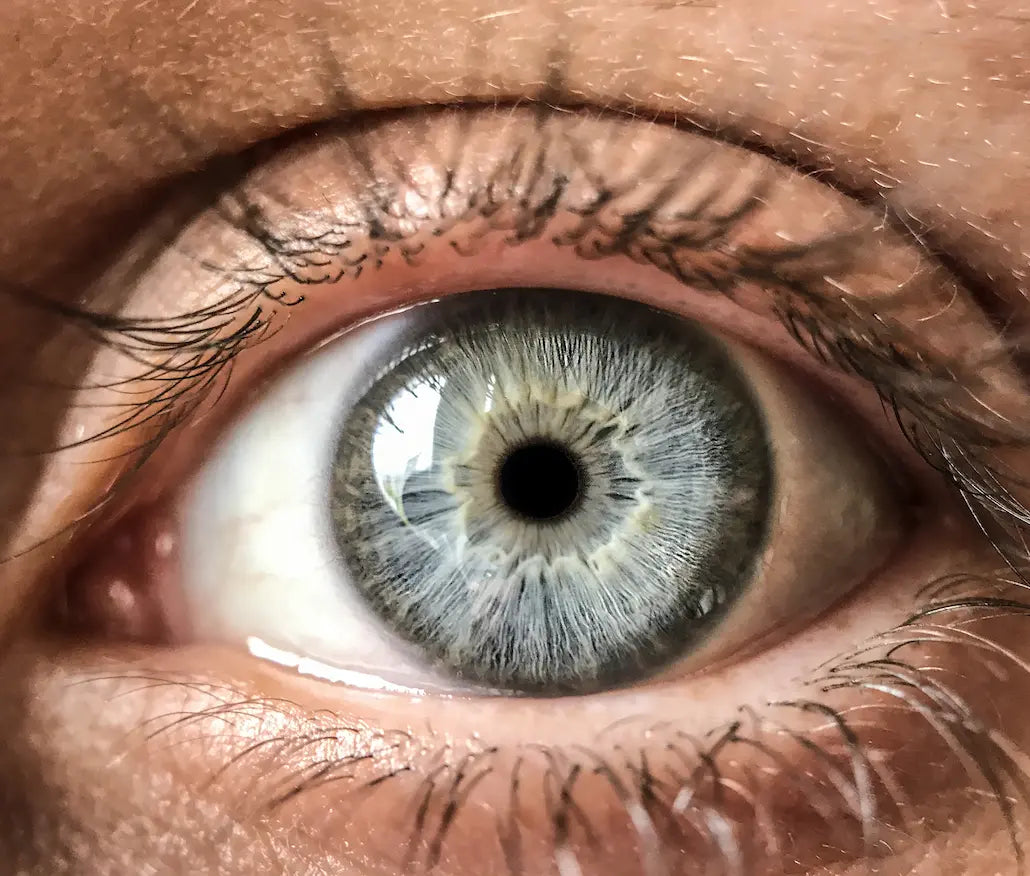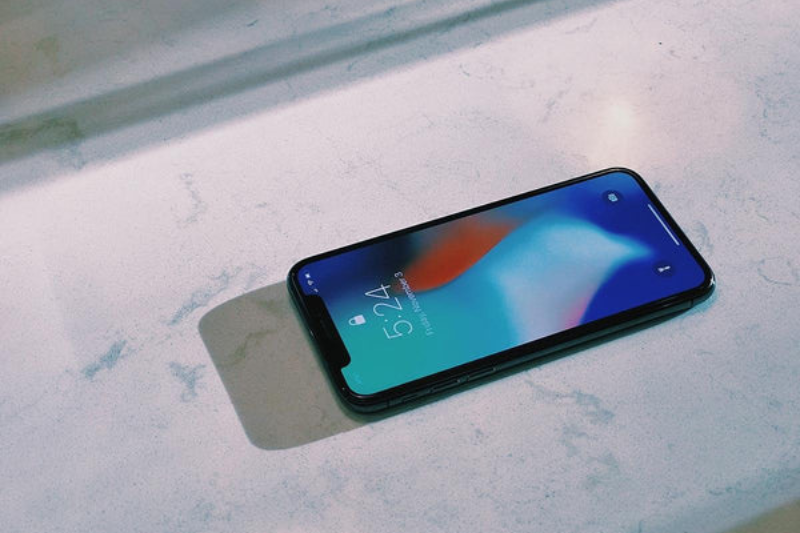Remember when our phones were used just to make calls and send messages? Then cameras were added, but it didn't change much other than being able to take pictures of anything and everything whenever we wanted.
Over time, these cameras became even better and when applications appeared, especially those for editing our photos, the photography industry changed entirely. Suddenly, people started taking photos and editing them in a professional style and even started taking videos entirely with their phones!
As a travel blogger, I also opted for this mode of photography. In the past I used to only have my DSLR but over time I noticed that my iPhone was not only my spare tire but became my first choice on many occasions .
For beginners, it's much lighter, we can edit our photos directly on it (which I sometimes do even if I use my Reflex to take the photo in question) and the result gives us beautiful photos (I already made blog posts with photos taken entirely with my iPhone).
Suffice to say that when we talk about travel photography, I noticed that our phone is a very practical tool that we use very often and I therefore said to myself: why not share with you my tools and the process editing my photos on my phone?
Let's start with the tools. The apps below are what I call my “tools” (you can download them on almost any phone) and I'll tell you why you'll need them too.
Applications
-
Snapseed
This app is free and lets you go into detail about editing your photo on your phone. Presets are now available but that is not the end goal of this application. In fact, it is mainly used for basic editing and correcting your photos to a level of detail that few applications can offer.
Download these apps for free:
-
Darkroom
This application is really good for the filters it offers. It doesn't offer a lot of them (which makes the choice easier) but the ones that are available are quite easy to use. It also has a selection of colors (something that is not found in all applications), the curve tool and more generally, great editing tools.
Download these apps for free:
-
VSCO
This one you will need for the filters. This app has a great selection of filters and will allow you to give a somewhat cool and artistic look to your photos without having to edit them too much manually. Also, it's good to be careful that your photos have consistency with each other in what you can feel or see (but I admit, with travel, the destinations usually look different so I don't don't really look at uniformity on this point).
Download these apps for free:
To keep these explanations simple, I've prepared a 3-step process that I use to edit my photos. Here's how I edit them once captured.
The process :
1. Add effects or filters
Use Darkroom or VSCO to add a filter to your photo. Remember that this filter should reflect either the story you want to tell about the photo or the atmosphere that reigned around the subject. In other words, don't try to turn a gray day into a sunny day, your photo will look weird. Also, remember to adjust the intensity of your filter. It's good to use a filter as a basis for editing.
2. Adjust the light
Once the filter is applied, adjust the light in the photo. Typically at this point you will also want to adjust the contrast, clarity, highlights or shadows. VSCO and Darkroom can be used but you should work on Snapseed, since this application allows you to work on specific sections of your photo and not just the whole thing, if that's a style that suits you better. For example, if you try to lighten a black part, it will just lead to a photo that is a little too dark and will be entirely over-lightened. In this case, the brush on Snapseed will be very useful to you.
3. Adjust the color
You may not need to do this step, but I've found that I do it even when using a faded effect. You will probably need to desaturate the color, remove yellow tones by increasing the temperature or increasing the dynamics. Snapseed is the app that would be suitable here (of course it all depends on what editing colors you need, VSCO and Darkroom can be used too).
Another, optional: Correct the perspective
You don't need to do this if your photo is already taken at the right angle, but sometimes you'll find that it's necessary to adjust the photo horizontally, vertically or maybe just find that little trick that will make it even more special.
This is my editing process on my phone, but also on my computer. It will be much easier to follow and reproduce when you realize that there are only 3 essential steps to follow to edit virtually any photo.




